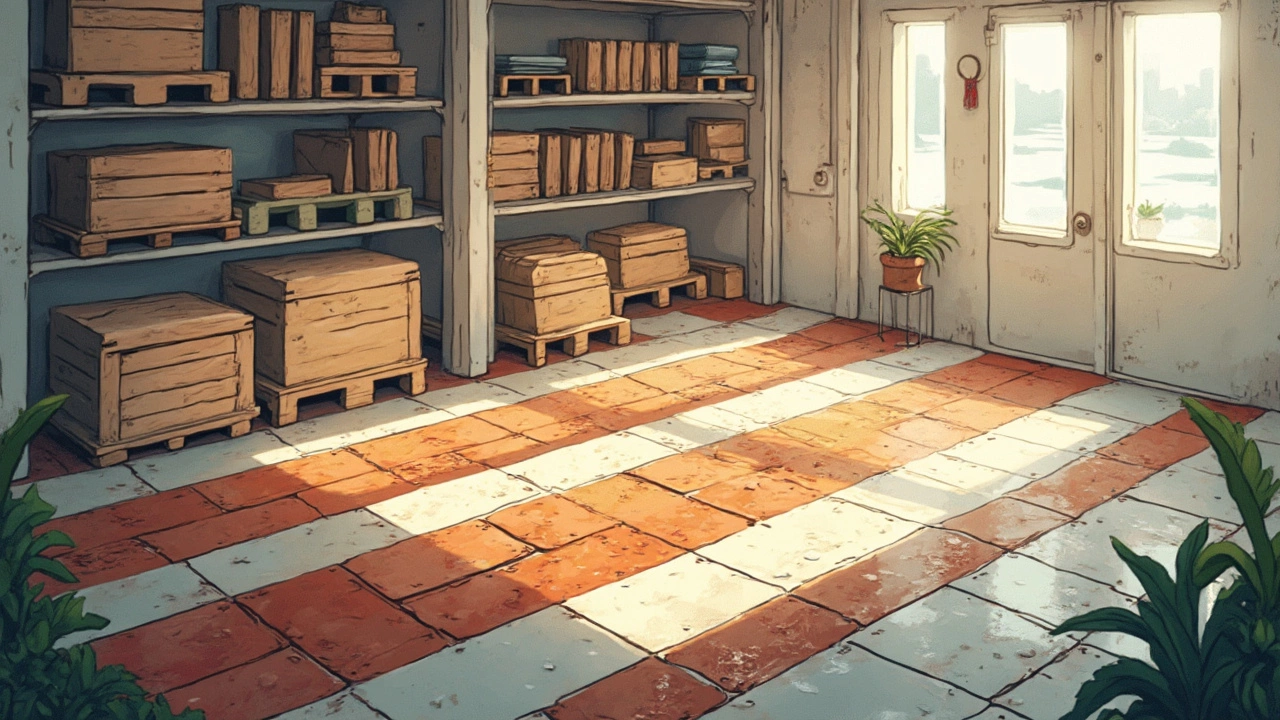Storage Unit Flooring: How to Pick the Right Floor for Safe Furniture Storage
Thinking about storing a couch, coffee table, or other furniture in a unit? The floor you choose can make a huge difference. A good floor stops moisture, keeps weight steady, and protects your pieces from scratches. Below you’ll find practical advice you can use right away.
Best Flooring Options for Storage Units
Concrete with sealant. Most storage units already have concrete. Adding a sealant or epoxy coating creates a water‑proof barrier and makes the surface easy to clean. It’s cheap, strong, and can hold heavy items without cracking.
Vinyl or interlocking tiles. These snap together and lift the floor a few millimeters off the concrete. The extra layer cushions furniture legs and stops spills from seeping down. Vinyl tiles are also resistant to mold, which is a big plus in humid climates.
Rubber mats. If you have a few large items, lay down a few rubber floor mats. They absorb impact, reduce noise, and give you a slip‑free surface. Rubbers are especially good under a couch that might be dragged in and out.
Raised wood decking. For a high‑end look, some people install a wood platform over the concrete. It looks nice and lets air circulate under the furniture. Just make sure the wood is treated for moisture and you add a vapor barrier underneath.
Metal grates. In commercial storage, metal grates let air flow and keep the floor dry. They’re sturdy and can support a lot of weight, but they don’t hide scratches as well as other options.
How to Maintain and Protect Your Storage Floor
Once you’ve chosen a floor, keep it in shape with simple habits. First, place a sheet of cardboard or a moving blanket under each piece of furniture. This adds an extra barrier against scratches and helps distribute weight evenly.
Second, check for moisture. If you notice a damp spot, wipe it dry right away and consider a dehumidifier in the unit. Moisture is the main cause of mold, which can ruin both the floor and your stored items.
Third, avoid dragging heavy items directly on the floor. Use a dolly or sliders; they protect the surface and save your back. If you must slide something, do it slowly and keep the floor clean of dust and grit that can cause scratches.
Lastly, schedule a quick inspection every few months. Look for cracks, loose tiles, or signs of wear. Fixing a small problem early prevents bigger damage later and keeps your furniture safe.
In short, the right floor choice plus a few easy habits will keep your couch, coffee table, and other pieces in great shape while they sit in storage. Pick a durable, water‑proof surface, use protective layers under each item, and stay on top of moisture. Your furniture will thank you when you bring it back home.
What to Put on Your Storage Unit Floor: Practical Tips and Advice
Your storage unit is more than just a space; it's essential to keep items safe and damage-free. One crucial step is choosing the right flooring. Discover practical advice on materials like pallets and mats, and learn how proper flooring can protect your belongings. Avoid common mistakes and optimize your storage unit's efficiency.





